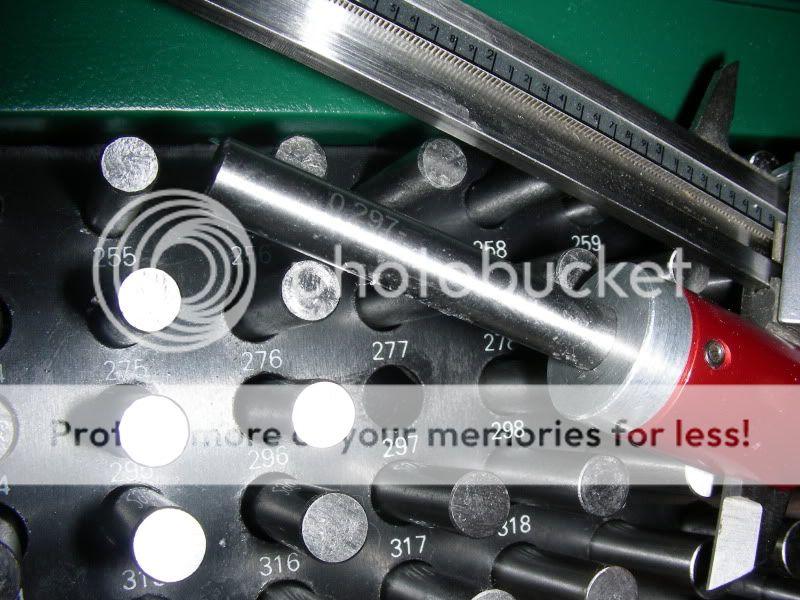5thou out would affect some of my loads.
fireworks, you can seat to exact desired depths, but the trick is in measuring as such.
You can't really measure by COAL even if you qualify bullets by same OAL, due to ogive radius variances. So you'd have to qualify both bullet OAL and bullet ogives before seating.
A better measure is OgvOAL, using a comparator as mentioned. This at least removes bullet OAL as a factor.
I do qualify ogive radius using Bob Green comparators(BGC)
Bob Green New Products
And for OgvOAL, I prefer a Sinclair 'nut'
SINCLAIR HEX STYLE BULLET COMPARATORS | Sinclair Intl
I seat bullets with under 1thou total variance(ES), and I measure every one.
But the BGCs are expensive and I don't imagine you care to spend so much.
Well the good news is, if you smart in your neck sizing and control over seating forces, you don't have to qualify bullets for seating on the money.
I've done a lot of experimenting, and applied some fancy trig in a big program to figure this out.
With a shorter ogive radius nose, your comparator hit's it's datum sooner, and so would the rifling(from the bullet base), but, the seater stem contacts sooner also. So such a bullet will seat deeper in bearing(in the neck), to provide the same comparator reading and same distance to the lands. The opposite holds for longer radius bullet noses.
The variance left with this, is bullet bearing seated in the neck. I know folks will resist it, but bearing variances(seated or otherwise) are meaningless to internal ballistics.
What is vital to perfect seating though, is rational and consistent seating forces(another thread).
I'll say with high seating forces and variances to it, a seater stem wedges differently, affecting results.

